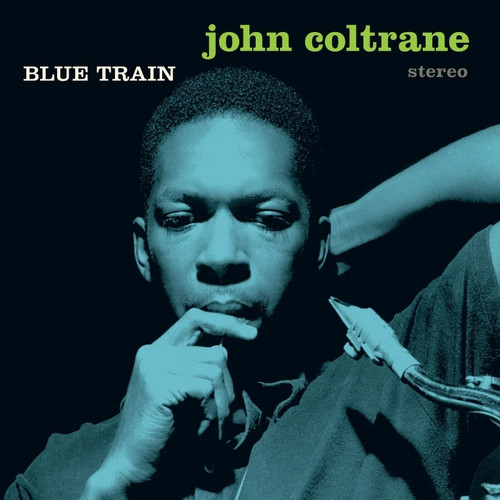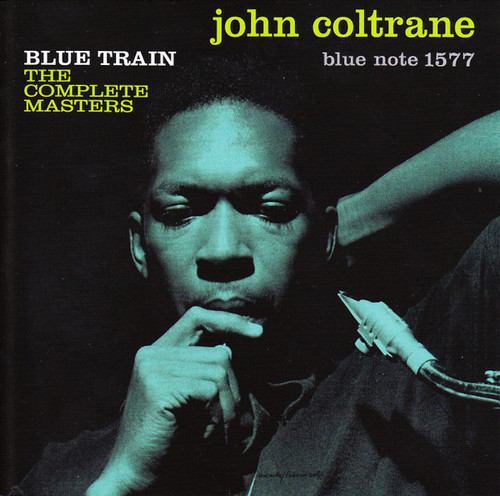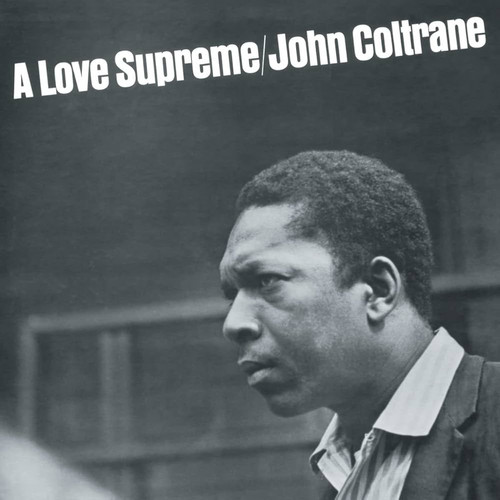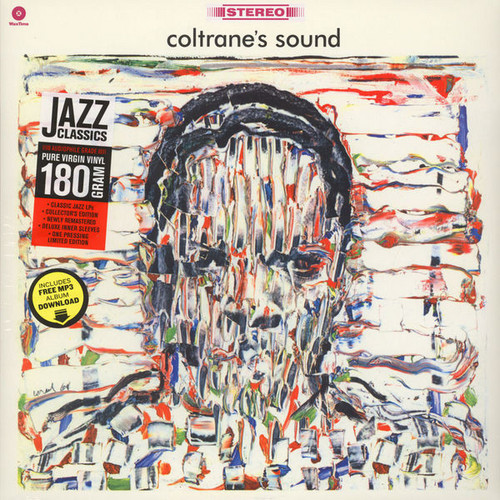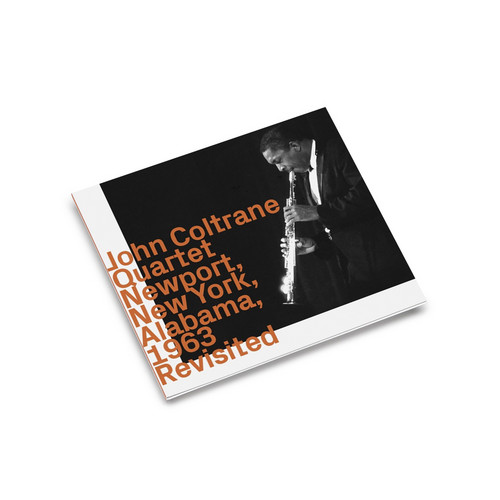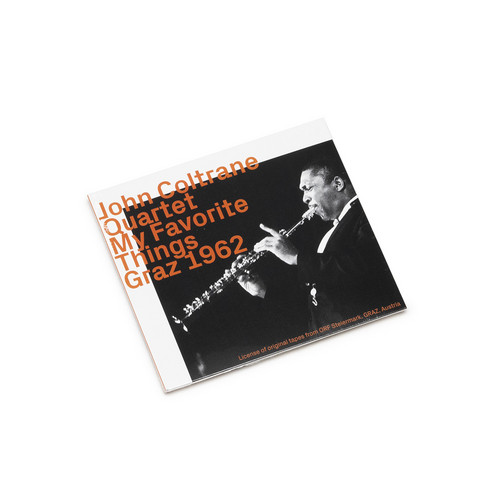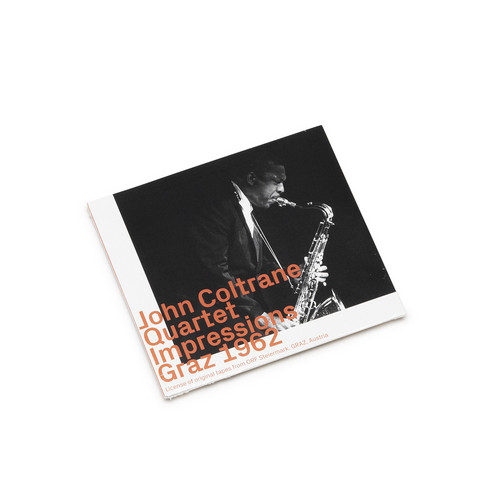John Coltrane
American saxophonist and jazz composer John Coltrane was one of the most influential musicians of the twentieth century. His early recordings capture a musician in the relatively conventional confines of bebop and hardbop, but his enduring legacy primarily rests on the modal jazz pioneered by his classic quartet (1960-64) and by free jazz explorations late in his career. He recorded more than fifty albums as a leader and appeared as a sideman on many other albums, performing with other giants of jazz like Miles Davis and Thelonious Monk. As his life progressed, his music and outlook became increasingly spiritual. After his death he was proclaimed as a saint by the African Orthodox church that took his name.
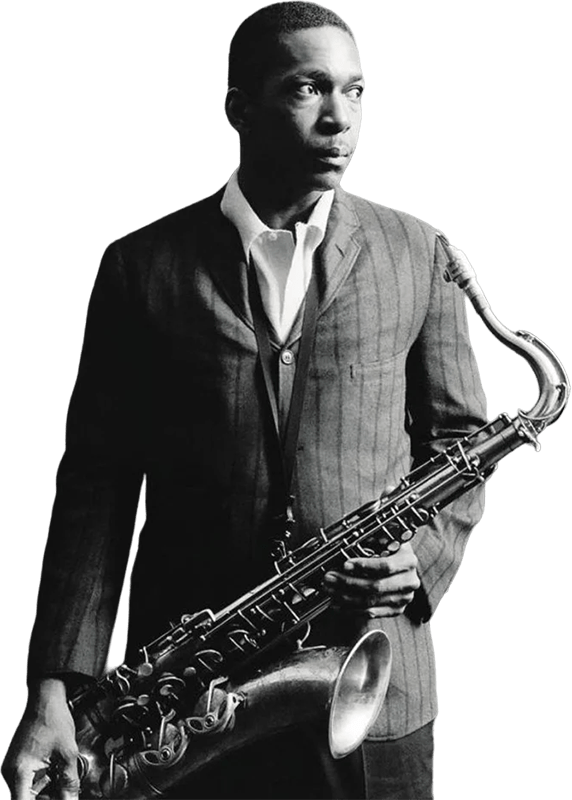
American saxophonist and jazz composer John Coltrane was one of the most influential musicians of the twentieth century. His early recordings capture a musician in the relatively conventional confines of bebop and hardbop, but his enduring legacy primarily rests on the modal jazz pioneered by his classic quartet (1960-64) and by free jazz explorations late in his career. He recorded more than fifty albums as a leader and appeared as a sideman on many other albums, performing with other giants of jazz like Miles Davis and Thelonious Monk. As his life progressed, his music and outlook became increasingly spiritual. After his death he was proclaimed as a saint by the African Orthodox church that took his name.
